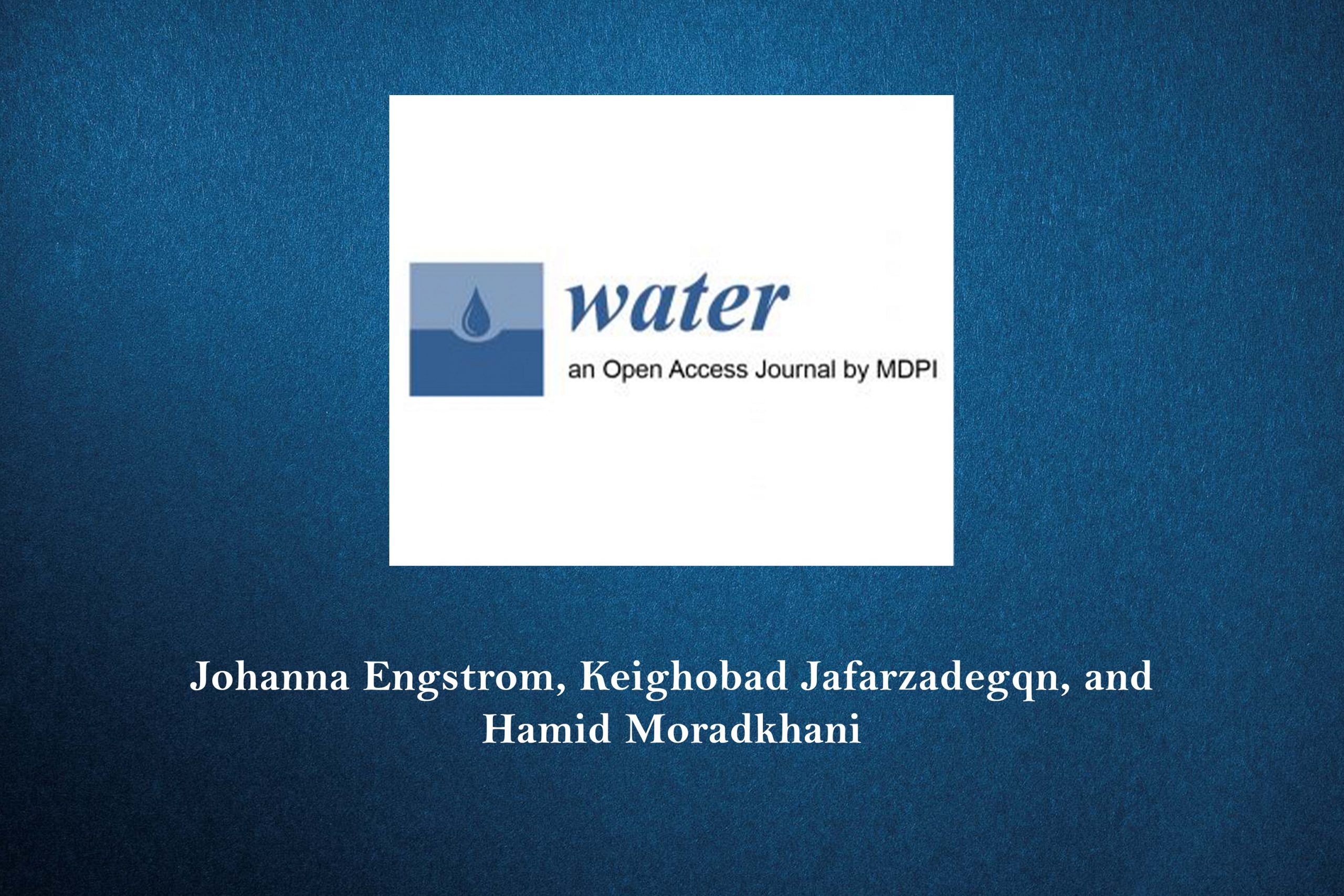Droughts are among the costliest natural hazards in the U.S. and globally. The severity of the hazard is closely related to a region’s ability to cope and recover from the event, an ability that depends on the region’s sensitivity and adaptive capacity. Here, the vulnerability to drought of each state within the contiguous U.S. is assessed as a function of exposure, sensitivity, and adaptive capacity, using socio-economic, climatic, and environmental indicators. The division of vulnerability into three sub-indices allows for an assessment of the driver(s) of vulnerability of a state and as such provides a foundation for drought mitigation and planning efforts. In addition, a probabilistic approach is used to investigate the sensitivity of vulnerability to the weighting scheme of indicators. The resulting geographic distribution of relative vulnerability of the states is partially a reflection of their heterogeneous climates but also highlights the importance of sustainable adaptation of the local economy to water availability in order to reduce sensitivity and to limit the impact of drought. As such, the study at hand offers insights to local and regional planners on how to effectively distribute funds and plan accordingly in order to reduce state-level drought vulnerability
-
PreviousOur paper on Water Resources Research, Compound Effects of Flood Drivers and Wetland Elevation Correction on Flood Hazard Assessment
-
NextOur paper in Remote Sensing of Environment, Continental drought monitoring using satellite soil moisture, data assimilation and an integrated drought index

